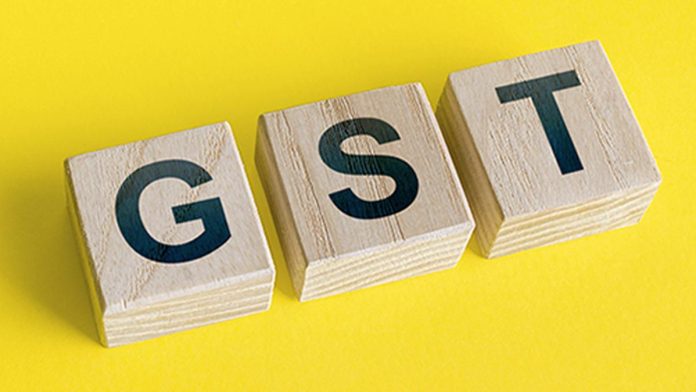The Goods & Services Tax (GST) collection has emerged as a fiscal powerhouse, setting impressive records in the financial landscape. As of October 2023, the collection stood at a remarkable ₹1.72,003 crore, securing the second-highest spot, trailing only April 2023’s figures. The average monthly GST collection for FY 2023-24 until October mirrors this robust trend, standing at an impressive ₹1.66 lakh crore.
Projecting a Strong Finish
If this momentum is sustained over the next five months, the collection is poised to reach an additional ₹8.3 lakh crore. This trajectory positions the year-end collection comfortably above the revised GST budget target, reaching a minimum of ₹19.92 lakh crore.
The positive performance of GST extends its influence to direct taxes, with a 17.59% YoY growth in gross direct taxes collection for FY 2023-24 up to November 9. Both Corporate Income Tax and Personal Income Tax showcase healthy growth rates of 7.13% and 28.29%, respectively. The collaboration between the Boards of Indirect Taxes and Direct Taxes is proving to be a catalyst for this success.
Comfortable Fiscal Position
Despite facing multiple challenges, the fiscal performance in the first half of FY 2023-24 reflects a reasonably comfortable position. Gross tax collection during this period has surged by 16.3% compared to the same period last year. Customs revenue has grown by an impressive 25.4%, although excise duty collection has faced challenges due to adjustments in duties on petrol, diesel, and crude.
The surplus announced by the Reserve Bank of India (RBI) stands at ₹87,416 crore, surpassing the budgeted amount of ₹48,000 crore for dividend/surplus transfer from the RBI, nationalised banks, and financial institutions.
Revenue and Capital Expenditure
While revenue expenditure has seen a 10% increase in the first half, capital expenditure (capex) has witnessed a substantial 48% growth compared to the previous year. The key areas of capex focus include roads, transport & infrastructure, railways, defence, telecommunication, housing & urban affairs.
Economic Indicators on a Positive Note
Credit offtake and deposits show encouraging growth rates of 20.4% and 13.5% YoY, respectively. Inflation has eased to a 4-month low of 4.9% in October. States are gearing up for significant capex, indicating positive economic prospects.
Challenges on the Horizon
However, the upcoming months in the fiscal calendar present challenges. The fiscal deficit has expanded to ₹7 lakh crore, reaching 39.3% of the budget estimate. With elections looming, increased expenditure is anticipated, potentially impacting the deficit further. The subsidy bill for the first half of FY 2023-24 has hit ₹2.1 lakh crore, the highest in the last four years.
Economic Headwinds
Several economic indicators signal caution. Rural joblessness has surged by 10%, and the prospects for Kharif harvest and Rabi sowing are under threat. Industrial production has slowed, and global uncertainties, including conflicts in Ukraine and the Middle East, contribute to the challenges. Foreign Portfolio Investment (FPI) outflows continue, crossing ₹10,000 crore in September.
Looking Ahead
While the International Monetary Fund (IMF) projects India’s GDP growth at 6.3%, the RBI and rating agencies offer slightly optimistic figures between 6.5% to 7%. Achieving the aspiration of a $4 trillion economy requires concerted efforts, including focusing on creating a conducive business environment and addressing challenges within the tax system.
In conclusion, the GST collection’s stellar performance sets a positive tone, but the economic landscape demands vigilance and strategic interventions to navigate the challenges and secure sustained growth. The key lies in maintaining the equilibrium between fiscal discipline and proactive economic measures.



